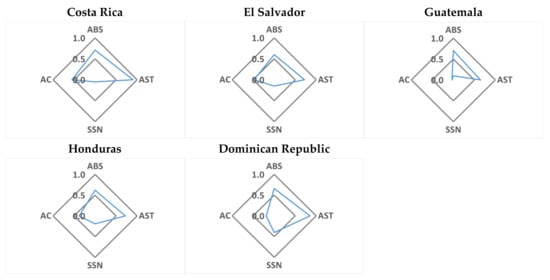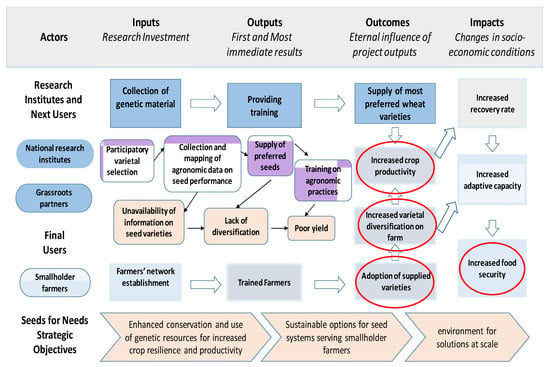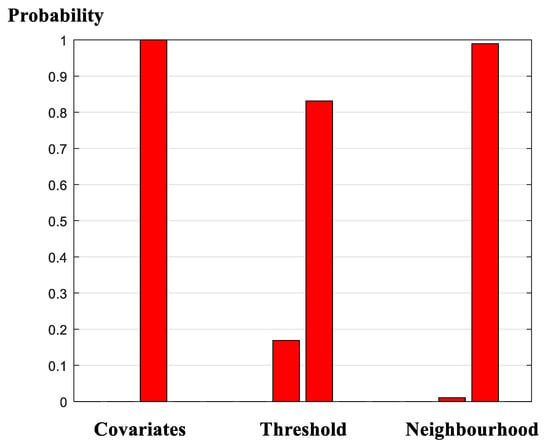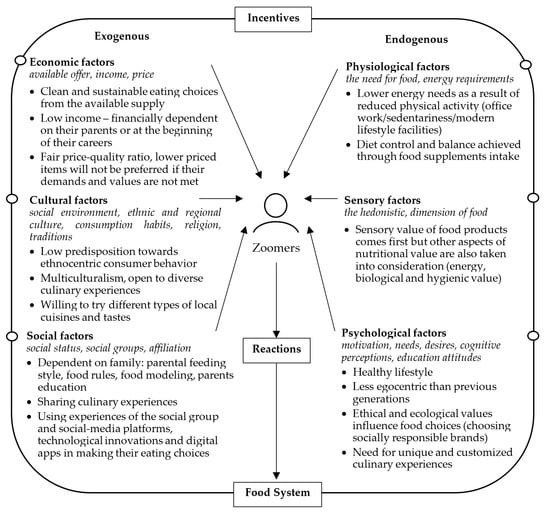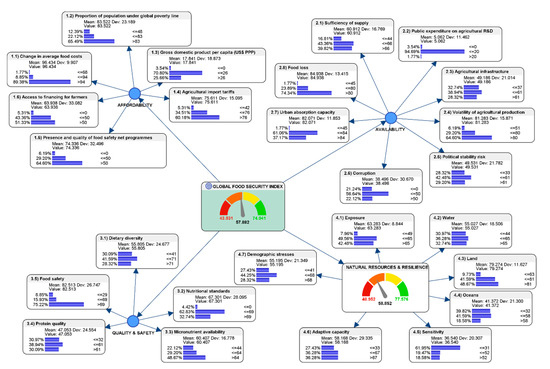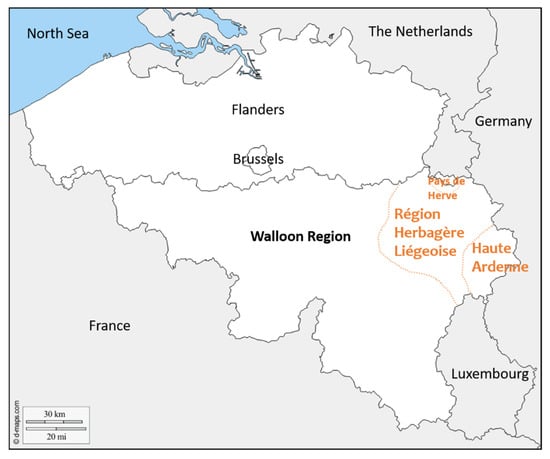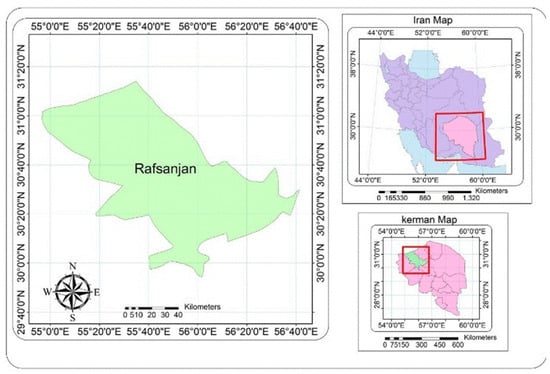Designing More Diverse and Resilient Food Systems for the Future
A topical collection in Sustainability (ISSN 2071-1050). This collection belongs to the section "Sustainable Food".
Viewed by 43790Editors
Interests: development economics; food economics; ecosystem services; rural development; sustainable consumption
Special Issues, Collections and Topics in MDPI journals
Topical Collection Information
Dear Colleagues,
Current food systems rooted in input intensive farming and specialization and in socio-economic inequities along the supply chain have large detrimental effects on both society and the environment, resulting in the loss of ecosystem services and decreasing livelihood opportunities in rural areas. The International Panel of Experts on Sustainable Food systems identified the increasing lack of diversity in farming and food systems as one of the greatest threats to their long-term sustainability. Designing more diverse and resilient agri-food system for the future is one of the crucial and global themes that has emerged from the growing awareness of the unsustainable nature of existing patterns of food production and consumption.
Diversity in all its dimensions characterizes environmental sustainability, ecosystem resilience and a nutritionally adequate diet. For instance, agricultural biological diversity provides a wide range of ecosystem services to society by sustaining crop evolution that generates the broad genetic variation necessary for crops to adapt to agro-ecological changes, thus assuring the resilience of food systems in the face of climate change. Moreover, resilient food systems need to be designed taking into consideration farmers’ and consumers’ preferences, market incentives, institutions and social organizations.
The Topical Collection aims to include both empirical research articles and conceptual pieces covering (but not limited to) all stages of the agri-food system, from production to distribution, marketing and consumption, that may contribute to the transition towards a more diverse and resilient food system.
Prof. Dr. Francesco Caracciolo
Dr. Elisabetta Gotor
Collection Editors
Manuscript Submission Information
Manuscripts should be submitted online at www.mdpi.com by registering and logging in to this website. Once you are registered, click here to go to the submission form. Manuscripts can be submitted until the deadline. All submissions that pass pre-check are peer-reviewed. Accepted papers will be published continuously in the journal (as soon as accepted) and will be listed together on the collection website. Research articles, review articles as well as short communications are invited. For planned papers, a title and short abstract (about 100 words) can be sent to the Editorial Office for announcement on this website.
Submitted manuscripts should not have been published previously, nor be under consideration for publication elsewhere (except conference proceedings papers). All manuscripts are thoroughly refereed through a single-blind peer-review process. A guide for authors and other relevant information for submission of manuscripts is available on the Instructions for Authors page. Sustainability is an international peer-reviewed open access semimonthly journal published by MDPI.
Please visit the Instructions for Authors page before submitting a manuscript. The Article Processing Charge (APC) for publication in this open access journal is 2400 CHF (Swiss Francs). Submitted papers should be well formatted and use good English. Authors may use MDPI's English editing service prior to publication or during author revisions.
Keywords
- food system
- supply chain
- agrobiodiversity
- sustainable consumption
- ecosystem services
- circular economy
- bioeconomy






